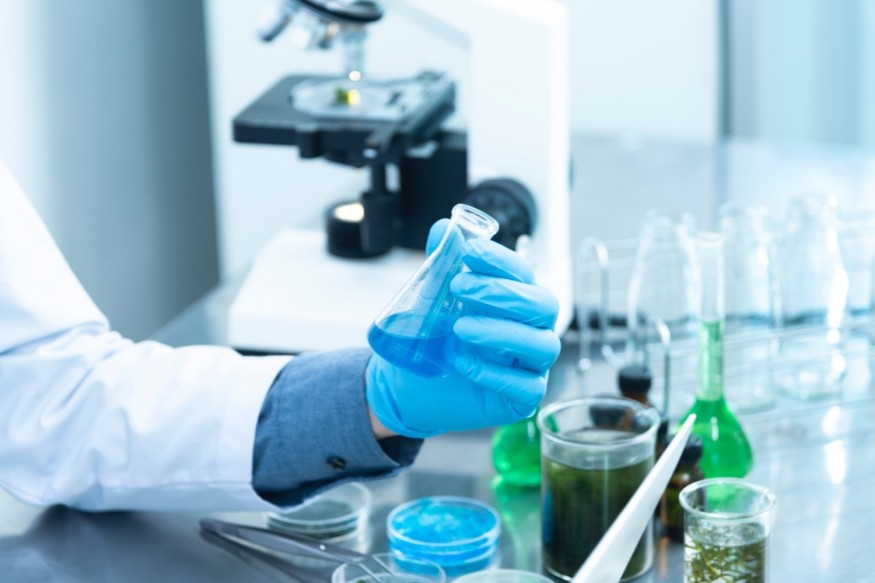
Discovery of coronavirus weak spot gives promising lead to finding a cure.
Photo by Chokniti Khongchum from Pexels
Scientists may have probable leads to discovering a vaccine for the coronavirus. Testing antibodies from a SARS patient shows the same behavior as it attaches to the exact spot on the COVID-19 coronavirus. This weak spot referred to by scientists as the "Achilles heel" of the virus can be targeted with drugs to weaken the pathogen. Researchers are then calling out to COVID-19 survivors for blood donations to allow further testing and trials to understand the antibody's interaction with drugs fully.
SARS-CoV and SARS-CoV-2
As the name implies, these two viruses are closely related. SARS-CoV is the virus that caused the epidemic, SARS, in the early 2000s. Similarly, it originated from China and is said to have come from bats. It infected approximately 8,000 and killed almost 800 people.
SARS-CoV-2, on the other hand, is the pathogen commonly known as coronavirus. It is the cause of the pandemic COVID-19, which has affected 1,287,208 and killed 70,536 worldwide, at present.
CR3022, the antibody used in the study, was isolated in 2006 by the pharmaceutical company, Crucell Holland BV, in the Netherlands.
Scientists from Scripps Research in San Diego claim that the antibody did not grip as firmly to the SARS-CoV-2 sample as it did previously with SARS-CoV, but remain to believe that there is still hope.
SARS-CoV-2's Achilles Heel
It was Dr. Ian Wilson, the study's lead author, who described the virus' area to be a "possible Achilles heel." Upon seeing similarities with the SARS virus, the team at Scripps Research believes that the site has a vital function that would be lost if it mutated significantly. They trust that the weak spot can be targeted with drugs and guide the formulation of a vaccine.
Dr. Meng Yuan, a co-author of the study, however, says that the virus is difficult to find as it is hidden deep inside the virus. Exposure of the said part will only take place when the virus changes its structure, as it would in a natural infection.
Dr. Wilson further adds that knowledge like this can protect us from other coronaviruses, even those that haven't emerged yet. The team emphasizes that their primary goal is to keep mapping the structure of the coronavirus and to use it to come up with a vaccine.
Scripps Research believes that they can create a temporary vaccine used for protection, particularly for frontline doctors.
Current Treatments Used on COVID-19 Patients
As the search for a cure is still ongoing, coronavirus patients around the world are being treated with different kinds of approaches. Some use convalescent plasma, wherein antibody-rich plasma of a survivor is injected into the patient's blood to help their body combat the infection.
Thousands take the route of using a combination of anti-malarial drugs, hydroxychloroquine and chloroquine. Despite the lack of conclusion that these drugs are effective, many still believe this will help lessen the patients' symptoms.
Other options physicians consider are remdesivir, a drug for Ebola, lopinavir, used in the treatment of HIV, and favipiravir, a Japanese flu drug.
Also Read: This Drug Is Voted As the Most Effective Coronavirus Cure Possible By 6,000 Doctors Worldwide
© 2025 ScienceTimes.com All rights reserved. Do not reproduce without permission. The window to the world of Science Times.












